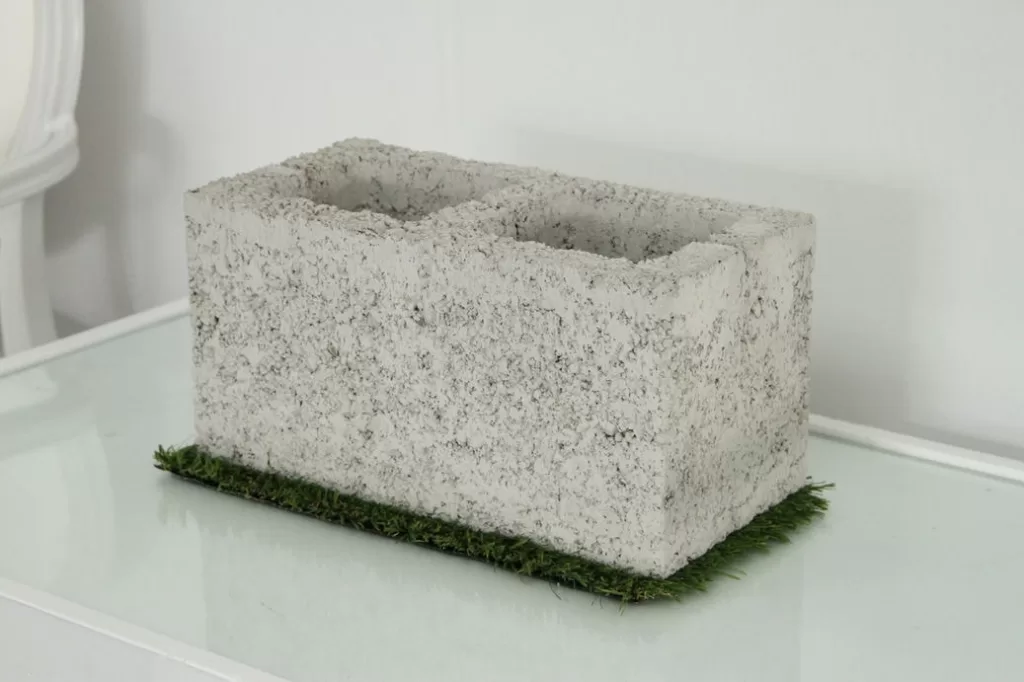Construction waste management is a crucial aspect of any construction project. However, it’s not always easy to manage waste effectively, and some common issues may arise. One of the most significant challenges is the proper disposal of hazardous waste, which can pose a threat to human health and the environment. Another issue is the lack of recycling facilities, which can result in a lot of waste ending up in landfills. To solve these problems, construction companies can implement several strategies. First, they can engage in proper hazardous waste management by identifying and segregating hazardous materials from non-hazardous ones. Hazardous waste should be disposed of in designated and licensed facilities to prevent contamination.
Secondly, construction companies can reduce waste by implementing a waste reduction plan that aims to identify waste sources and reduce them through source reduction, reuse, and recycling. This can involve using recycled materials in construction, implementing a waste management plan, and training workers on waste reduction practices. Finally, construction companies can work with local authorities and waste management companies to ensure that waste is properly managed and disposed of. This can include partnering with recycling facilities to ensure that waste is recycled and working with waste management companies to ensure that waste is transported and disposed of safely. By implementing these strategies, waste issues in construction can be effectively managed, reducing the impact on the environment and promoting a sustainable future.

Construction waste management is a crucial aspect of environmentally friendly building practices. Addressing typical waste issues in construction can assist in reducing environmental impact, enhancing resource efficiency, and ensuring regulatory compliance.
Here are some waste management solutions for resolving frequent waste challenges.
Hazardous waste management
Proper disposal of hazardous waste is of utmost importance in construction waste management. Hazardous materials should be identified and segregated from non-hazardous ones, and disposed of in designated, licensed facilities to prevent contamination.
Waste reduction plan
Implementing a waste reduction plan can help identify waste sources and reduce them through source reduction, reuse, and recycling. This can involve using recycled materials in construction, implementing a waste management plan, and training workers on waste reduction practices.
Recycling facilities
Lack of recycling facilities can result in a lot of waste ending up in landfills. Construction companies can partner with local recycling facilities to ensure that waste is recycled properly.
By implementing these waste management solutions, construction companies can help reduce the impact of construction waste on the environment, conserve resources, and comply with regulations.
Idea Of Green Concrete
Green concrete is a concept that has emerged in recent years as a more environmentally-friendly alternative to traditional concrete. It is made using recycled materials or waste products, and uses less water and energy in its production process. One approach to making green concrete is to use fly ash, a byproduct of coal-fired power plants, as a replacement for cement.

This not only reduces the amount of waste going to landfills, but also reduces the amount of carbon dioxide emissions associated with cement production. Another approach is to use recycled aggregates, such as crushed concrete or glass, in place of traditional aggregates. This reduces the need for mining virgin materials and helps to reduce waste. Overall, the idea of green concrete is gaining popularity as more people become aware of the environmental impact of traditional concrete production.
